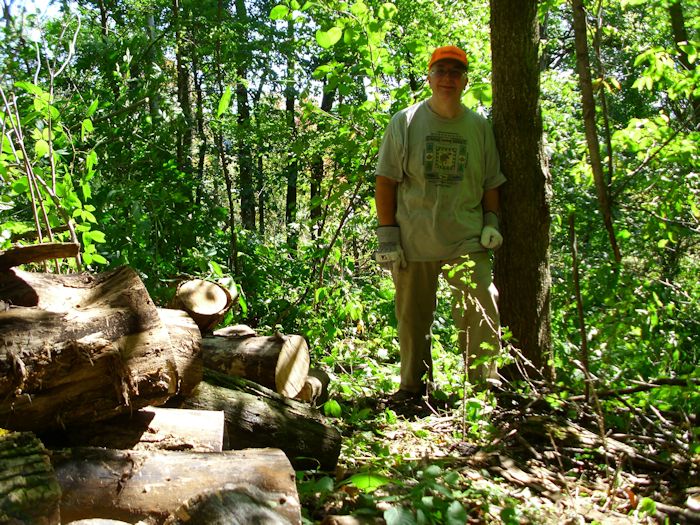It’s December and time to check on your outside animals to ensure they remain comfortable. The rabbits are relatively easy. All you really need to do is ensure the cages are remaining reasonably clean (wire brush those bunny pellets from the cage’s hardware cloth) and that any protective measures, such as the window plastic you put in place to keep the wind at bay, are still in place and in good condition. The entire process will likely take less than an hour (if that long—my six cages took about 15 minutes).
The chickens are another story. You need to check the weather carefully and try to find a day when the temperature will get above freezing, if possible. The manure in the coop will be a lot easier to get up if you can get it to defrost a little. You want to clean out all of the old hay and manure. Unlike your fall cleanup, you won’t wash the nest boxes. In fact, this is a really bad time to do anything with water in the coop (except for the chicken’s drinking water) because it won’t dry properly. The idea is to clean as much as possible by scraping up the manure and getting it out of the coop onto your compost heap. I find that a combination of a barn shovel and a wide bladed putty knife do the job quite well.
This is also the time to check for air leaks again. Your chickens can keep cozy if your coop is relatively air tight. You don’t want to close it up so tight that the ammonia fumes build up and hurt the chickens, but you also don’t want anything like a strong breeze in the coop. The chickens will normally keep warm by huddling together at night on top of their nest box or other roosting area you provide. So, it’s essential that you keep the air leaks under control.
When replacing the hay, make sure you pack each nest box a little more than you would in summer to give each chicken a nice place to lay her egg. I’ll use regular alfalfa hay during the summer months because it’s stiffer and breaths better. However, during the winter months I use grass hay. It’s softer and provides better warmth. You must make sure the hay you use is completely dry and mildew free because it absolutely won’t dry during the winter months and you don’t want your chickens to acquire respiratory diseases.
Because it is winter, the chickens are more likely to keep you entertained as you clean the coop. Remember that the coop is their home, so you need to be patient as you work with them. During the cleaning process, one chicken proceeded to scold me, but another pecked at my feet (apparently trying to get off all the snow). A third kept insisting that she needed to be held and petted (slowing my progress). All this attention is quite normal during the winter cleanup.
Keeping the coop clean is quite important if you want to maintain your chicken’s health. That means getting out in winter, when conditions for cleaning are less than ideal. Working on the one or two days during the winter when the temperatures get a little higher will make things a lot easier, but even so, you’ll be trying to clean the coop with a bulky jacket and gloves on, so it’s going to take more time than in the summer months. Let me know your thoughts about cage and coop cleaning at [email protected].













